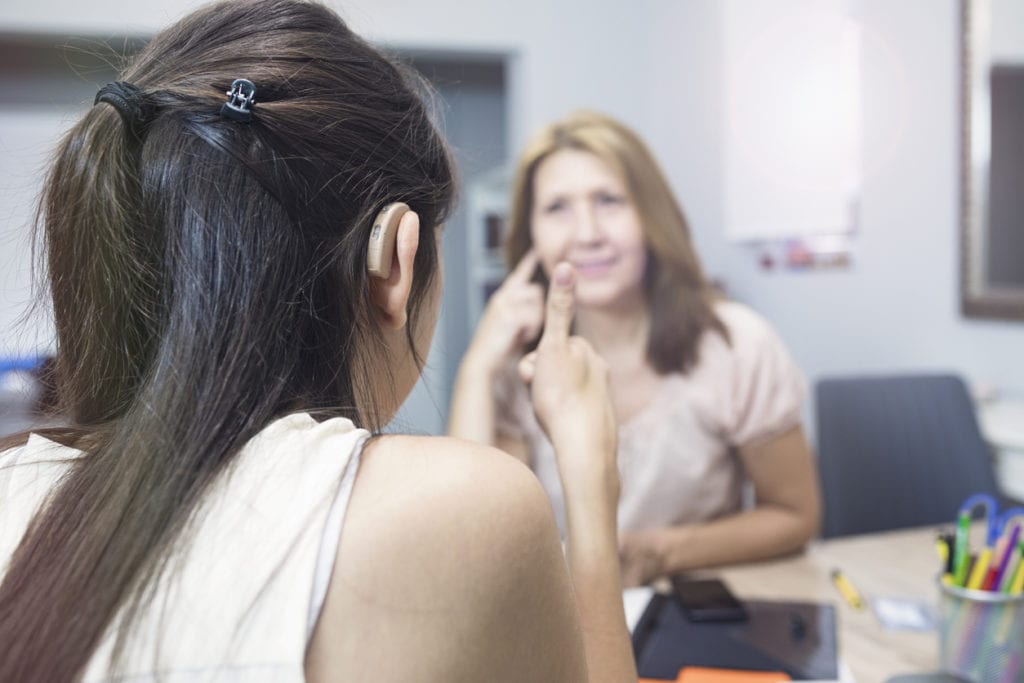Exploring Deaf Culture

Exploring Deaf Culture: Unveiling Misconceptions and Celebrating Diversity
Deaf culture is a rich and vibrant community that is often misunderstood or overlooked by those outside of it. It’s a unique world with its own language, beliefs, and values. In this blog post, we’ll delve into some key aspects of Deaf culture that might surprise you and help foster a deeper understanding.
1. Language Matters: Deaf and Hard of Hearing, not Hearing Impaired
Language plays a significant role in shaping perceptions. While the term “hearing impaired” might seem like a polite way to refer to individuals with hearing loss, it’s important to recognize that many in the Deaf community find it offensive. Deaf and Hard of Hearing are preferred terms, as they reflect the identity and experience of the community, rather than framing it as a deficiency in need of fixing.
2. Diversity Within Unity
It’s crucial to remember that Deaf individuals, like anyone else, are diverse in their ideals, beliefs, and experiences. Assuming that all Deaf people are the same based on encounters with a few individuals is inaccurate and dismissive. The Deaf community is a tapestry of unique stories and perspectives.
3. Not Disabled, but Differently Abled
Deaf individuals do not perceive themselves as disabled. Rather, they view their Deafness as a distinctive aspect of their identity. Deaf individuals work hard to succeed in life and do not seek pity or attempts to “fix” them. Their Deafness is not a barrier; it’s an attribute that contributes to their uniqueness.
4. Cochlear Implants: A Complex Landscape
Cochlear implants are a topic that sparks a wide range of opinions within the Deaf community. Some individuals have embraced them and find them beneficial, while others oppose them vehemently. The diversity of perspectives illustrates the complexity of personal choices and the need to respect individual autonomy.
5. Being Deaf vs. Deafness
There’s a distinction between being medically diagnosed as deaf and identifying as Deaf. Being Deaf goes beyond a medical condition – it encompasses a cultural and linguistic identity. Individuals who identify as Deaf actively engage with the community, culture, and language shared by others in the Deaf community.
6. Overcoming Challenges and Achieving Dreams
Deaf individuals are proof that determination knows no bounds. They pursue careers across a wide spectrum, shattering stereotypes about what they can achieve. With technological advancements and unwavering resolve, Deaf individuals excel in various fields and facets of life.
7. The Power of Communication
Communication is a cornerstone of Deaf culture. Simple efforts, such as writing a note or learning basic sign language, can make a significant impact on fostering inclusion and breaking down barriers. Being mindful of effective communication is a step toward a more inclusive society.
8. Heightened Observational Skills
Deaf individuals often possess heightened observational skills due to their reliance on visual cues. This attentiveness to nonverbal cues and body language makes them adept at discerning nuances in communication that others might miss.
9. American Sign Language (ASL): A Unique Language
ASL is a distinct language with its own syntax, grammar, and nuances. It’s not a mere visual representation of English. Understanding ASL’s complexities and recognizing its status as a full-fledged language is essential to acknowledging the richness of Deaf culture.
10. A Tapestry of Sign Languages
Contrary to popular belief, sign languages are not universal. Each country and even regions within countries can have their own sign languages. For example, British Sign Language (BSL) is distinct from ASL. This diversity showcases the uniqueness of Deaf communities worldwide.
11. Evolution and “Accents” in ASL
Just like spoken languages, ASL evolves over time. Different regions might have distinct signing styles or variations in signs for certain words. ASL’s adaptability reflects the dynamic nature of language and culture.
12. Close-Knit Community
The Deaf community’s tight-knit nature is a testament to the bonds forged through shared experiences and challenges. Many Deaf individuals find that they’re connected to others through mutual acquaintances, giving the community a small-town vibe.
13. Embracing Subtitles
Subtitles in videos, films, and other visual media are a crucial accessibility feature for Deaf individuals. Subtitled content allows them to fully enjoy and engage with the same entertainment that the broader audience enjoys.
Understanding Deaf culture requires an open mind and a willingness to learn from those within the community. By dispelling misconceptions and celebrating the diversity within Deaf culture, we can foster greater inclusion and appreciation for the remarkable contributions and experiences of Deaf individuals around the world.
Ready to Connect? Contact 5 Star Interpreting for Interpreting Services in Utah and Chicago!
If you’re looking for professional interpreting services that bridge communication gaps and promote inclusivity, reach out to 5 Star Interpreting. With their expertise and commitment to serving the Deaf and hard-of-hearing communities, they can provide the necessary support for effective communication. Visit our website or give us a call to learn more about our services and we they can assist you.
Remember, embracing and respecting the diversity of Deaf culture starts with taking meaningful actions to foster understanding and accessibility.
